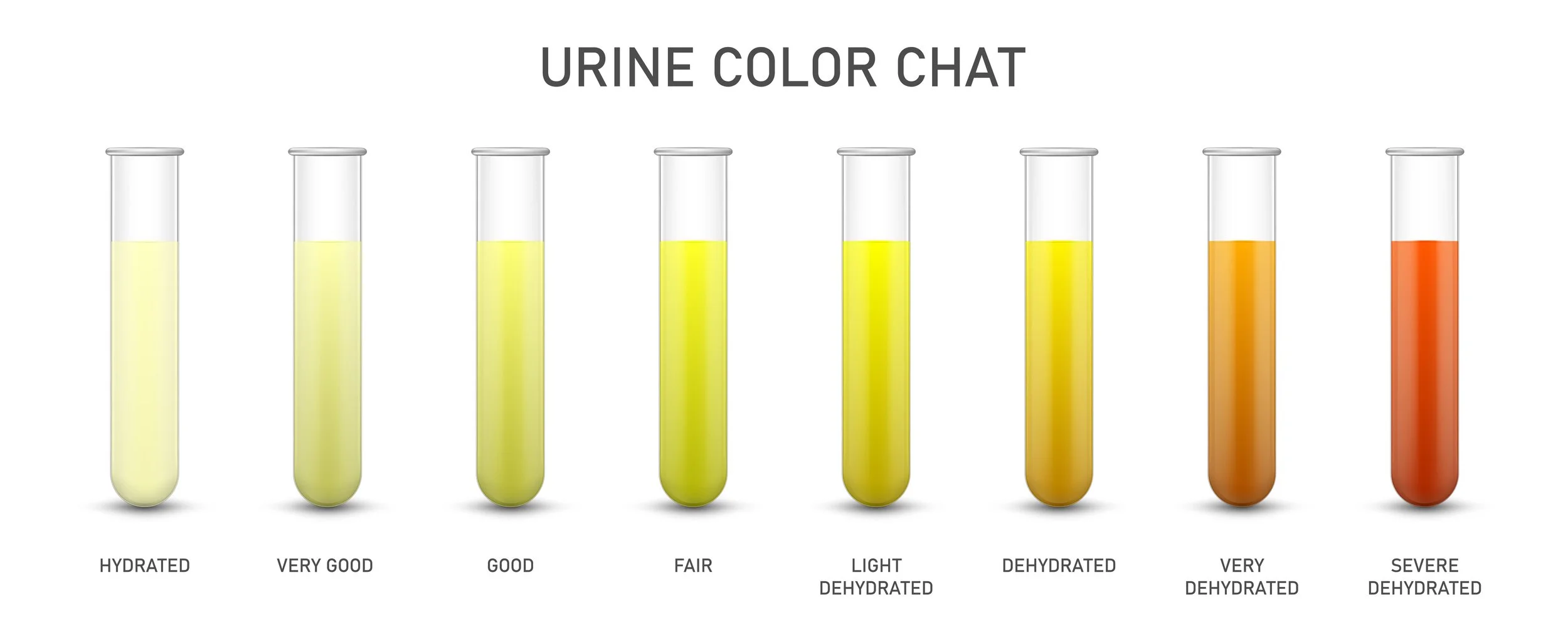Why is Hydration so Important?
Hydration is vital for everyone, regardless of age, activity level, or sport. You should be trying to drink 1.5 – 3 litres of water per day, depending on activity level and climate.
While children who exercise often have specific hydration needs, so too do adults and the elderly. Whether it’s a morning cricket match, an evening yoga class, or simply staying active in warm weather, maintaining proper hydration is essential for safe participation and peak performance.
Australians are fortunate to enjoy a vibrant sporting culture and an enviable climate, particularly in Queensland. However, our hot conditions can increase the risk of dehydration, making it crucial to pay attention to fluid and electrolyte intake. Dehydration occurs when the body loses more fluid than it takes in, preventing it from cooling down effectively. This can lead to rising internal temperatures and, if left unchecked, can compromise the body’s ability to function.
Why Hydration Matters for All Ages
Proper hydration supports overall health, performance, and safety in physical activity. For children, adequate water intake helps them stay energised and focused during play or sport. Adults, especially those engaging in moderate to high-intensity activities, require sufficient hydration to optimise performance and reduce fatigue. Older adults are particularly vulnerable to dehydration due to reduced thirst sensitivity, changes in kidney function, and potential medication effects.
What Should You Drink?
For most people, water remains the best choice for hydration. If exercising at a moderate to high intensity, aim for approximately 600mL of water for every hour of activity. This is a guideline, not a strict rule, as individual needs may vary depending on the intensity of the activity, the weather, and personal sweat rates.
For example:
A child playing cricket from 7am to 11am might need four 600mL bottles of water to cover this period.
An adult hiking for several hours in the heat should plan to carry enough water for regular sips throughout the activity.
Elderly individuals engaging in light gardening or walking should also ensure easy access to water, even if the activity is less intense.
What About Sports Drinks?
Commercial sports drinks may seem like a convenient option, but they are often high in sugar and unnecessary for most individuals, including children. Instead, water with a pinch of high-quality Himalayan or Celtic sea salt can replenish lost electrolytes without added sugar. Using an electrolyte supplement like can be useful in hot, humid conditions, just be careful of the sugar content in some brands.
Recognising and Responding to Dehydration
Dehydration can range from mild to severe and requires immediate attention, especially in extreme heat or during prolonged activity.
Signs and Symptoms of Dehydration:
Heat Cramps: Muscle cramps in the calves, back, arms, or abdomen.
Heat Exhaustion: Symptoms include dizziness, faintness, nausea, and a rapid heartbeat.
Heatstroke: A medical emergency with symptoms such as collapse, high body temperature, and confusion.
Responding to Heat Illness:
If dehydration or heat exhaustion occurs, move the person to shade, encourage them to drink cool water, and cool their body with cold water.
Remove excess clothing and elevate their legs. If symptoms worsen or do not improve, call 000 immediately.
For suspected heatstroke, call 000 straight away.
Treat heatstroke victims right away by immersing them in cool water before the ambulance arrives. If immersion is not an option, soak the child with cold water from a shower, hose or soaking towel.
Hydration Tips for All Ages
Children: Ensure kids have water bottles readily available during sport or play, and encourage regular sips even if they don’t feel thirsty.
Adults: Incorporate hydration into your routine, especially before and after exercise. Consider setting reminders to drink water throughout the day.
Elderly: Monitor hydration more closely, as thirst may not always be a reliable indicator. Offer drinks regularly, and include hydrating foods like fruits and vegetables.
By staying proactive about hydration, you can support your body’s needs and make the most of Australia’s active lifestyle—whether you’re a child running around the cricket pitch, an adult pushing your limits at the gym, or an elderly person enjoying a leisurely stroll. Hydrate smartly, and enjoy the benefits of staying healthy, energised, and safe.



